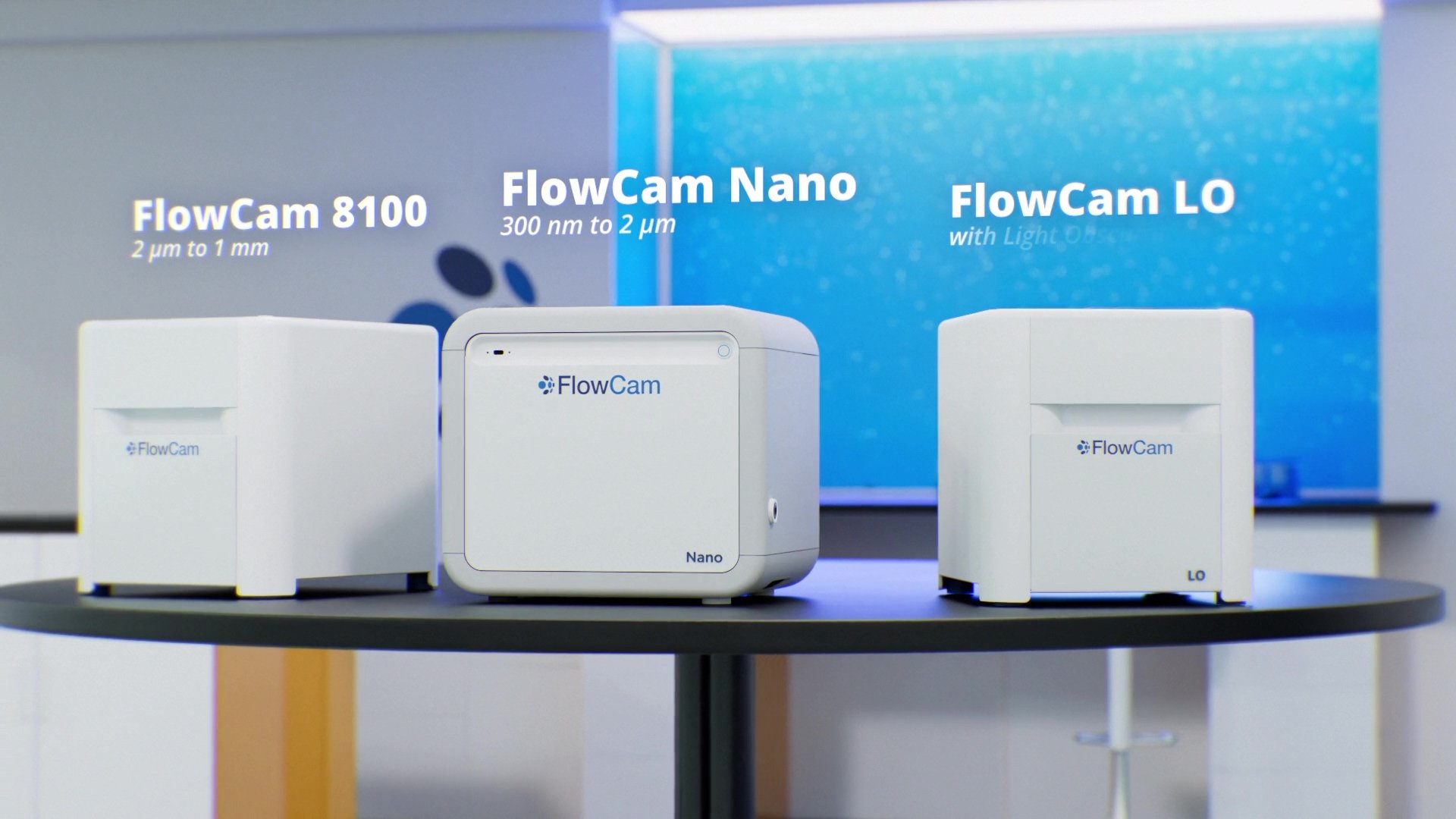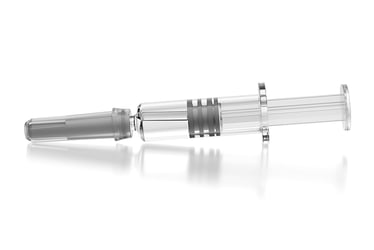Strategies for monitoring particles in biopharmaceutical formulations are essential in the development and manufacturing of safe, effective drug products. A central challenge with particle analysis in biotherapeutics is the wide size range of particles that may be present, including particles from the active pharmaceutical ingredient (API), as well as excipients and contaminants. These particles can be as small as a few nanometers (e.g., oligomer-sized protein aggregates, individual viruses), in the subvisible range (1-100 µm), or large enough to be seen by the unaided eye (e.g., visible API aggregates). While several analytical techniques exist for particle monitoring, each can only analyze particles within a finite size range. Characterizing the entire particle content of a biotherapeutic sample would require using several different complementary analytical techniques to cover the potentially broad size range of particles present.
  |
In this white paper, we demonstrate how using a combination of orthogonal and complementary particle analysis techniques can give you a complete picture of the particles in your sample. Orthogonal techniques measure the same quantities as another technique but are based on a different measurement principle, and are often necessary in order to confirm measurements and mitigate the limitations of each individual technique. While they can be time and sample-consuming, these multi-instrument particle monitoring strategies can provide a better understanding of a sample’s particle We analyzed a protein formulation that was exposed to accelerated shaking and heat stress using four analytical techniques: subvisible flow imaging microscopy (FlowCam LO), light obscuration (FlowCam LO), submicron flow imaging microscopy (FlowCam Nano), and dynamic light scattering. Additionally, this study used these particle measurement techniques to investigate the impact of surfactants on protein aggregation by performing the shaking and heat stress both with and without the presence of polysorbate 80. |











